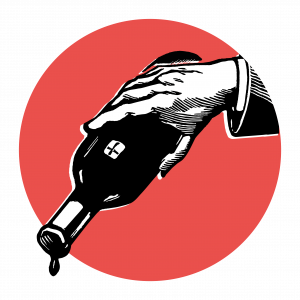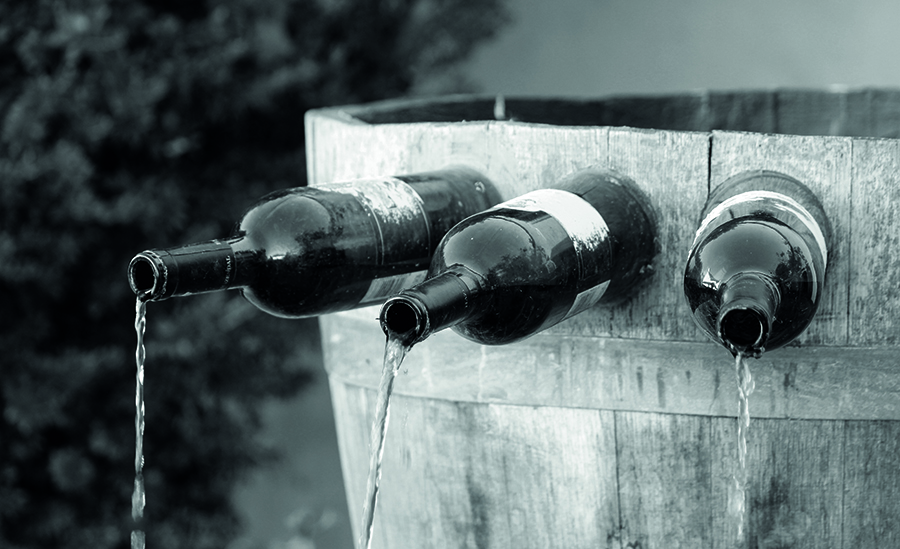When you don’t want to pay top dollar, consider sipping the fruit of your favoured vineyards’ less established plants.
We’re back on vaguely familiar territory, I’m afraid (I promise to try and change the record soon). Yet I am, as ever, hoping to offer optimism to drinkers everywhere. A couple of issues ago, I proposed a vague solution for those miffed by the 21st century’s rise in prices for many of their favourite drops. From Lynch-Bages to Léoville Barton, Gevrey-Chambertin to Chambolle-Musigny, there has been an escalating expense to many vinous classics (especially French), as labels are chased to preposterous levels – and there was certainly not much visible slack during 2020, despite covid.
Rhône was my straightforward response to that angst. However, the rather obvious flaw in this proposal was it tended to ignore the ‘taste’ element in the equation, while the greats of Hermitage, Cornas and Côte-Rôtie were possibly regular cellar purchases anyway. Furthermore, Châteauneuf-du-Pape’s typical 14% ABV is not everyone’s cup of tea. Ergo, not the canniest of suggestions.
Okay, so what if claret is still your one and only? Back in the late 1980s, my first job in the trade was for John Harvey & Sons, aka Harveys of Bristol. Amid the flurry and focus of cream sherry, there was tucked away an old-school wine department – my gig. Here, the great châteaux of Bordeaux held sway, with the jewel in our crown being Pauillac’s Château Latour. Indeed, Harveys held a minority 25% stake in the property at the time (the Pearson Group owned the majority – there’s a thought), so we had unparalleled access to stock and vintages.
Even then, Latour did not come as a bargain. However, its Les Forts de Latour label was a different ball game: it was blended from the estate’s young vines, along with juice from certain plots deemed to be on slightly inferior soil. Fold in the odd barrel of a quality that did not quite justify being put into the ‘grand vin’, and there you had one of the earliest examples of what was termed a ‘second’ wine (Les Forts’ first vintage was actually 1966). All the expertise and culture of a first growth, but at a quarter of the price (I think we sold the 1980 at around £12 a bottle – a bargain). This strategy spread wide across the Bordeaux plains; second wines became all the rage.
The spotlight then started to fade somewhat. For example, people got drawn to ‘garage’ wines (another time), which then became the next claret trend. But the quality never wavered; names such as Connétable de Talbot, Réserve de la Comtesse and Ségla continued to deliver exceptional ‘rapport qualité-prix’. And back to Latour: Les Forts’ price rocketed, but their occasional ‘third’ wine, simply named ‘Pauillac’, then became a regular production, effectively taking over the job. And with the many advances in wine-making techniques over the last 30 years, £60 for the 2015 is not too bad at all.
What about red burgundy, should you be a lover of Pinot Noir? As the 2019 vintage hit the market in January, I noted that Robert Groffier’s Clos de Bèze had now breached the £600 barrier, whereas the 2009 was a comparative snip at £125. Per bottle. But this is where a grower’s generic Bourgogne can come into its own. Although each vigneron will have their own individual take as to grape selection and vinification, the key for this ‘entry-level’ wine is essentially the same as for Bordeaux, with young vines, declassification etc. Not tempted to splash out £600? I could not agree more, but £33 for the Groff Bourgogne rouge sounds a bit better.
And it’s the same for whites: £100 for an Etienne Sauzet 2019 Puligny 1er Cru Les Combettes, but only £25 for the domaine’s delicious Bourgogne blanc. One hundred percent the same care and attention in the production: the Burgundians realise that it’s still vital to secure drinkers, not just collectors.
Italy has similar templates. For example, Rosso di Montalcino now proves to be an extremely fine substitute for Brunello (indeed, the Salvioni estate sometimes declassifies its whole production to Rosso – £40 playing £85). Meanwhile in Piemonte, Langhe Nebbiolo from a top Barolo/Barbaresco estate exudes value, and it’s what one sees being drunk by the knowledgeable locals at restaurants in and around the town of Alba (it’ll be wealthy tourists drinking the top kit). Spain’s Vega Sicilia offers Alion, if both Unico and Valbuena are a bit of a stretch.
Anyway, I’m off to have my final bottle of Joseph Voillot’s 2010 Bourgogne Pinot Noir: it’s actually from vignes that are vieilles rather than jeunes, but since the plants are just the wrong side of the Volnay boundary, it has to be labelled merely ‘Bourgogne’. Suits me just fine.








